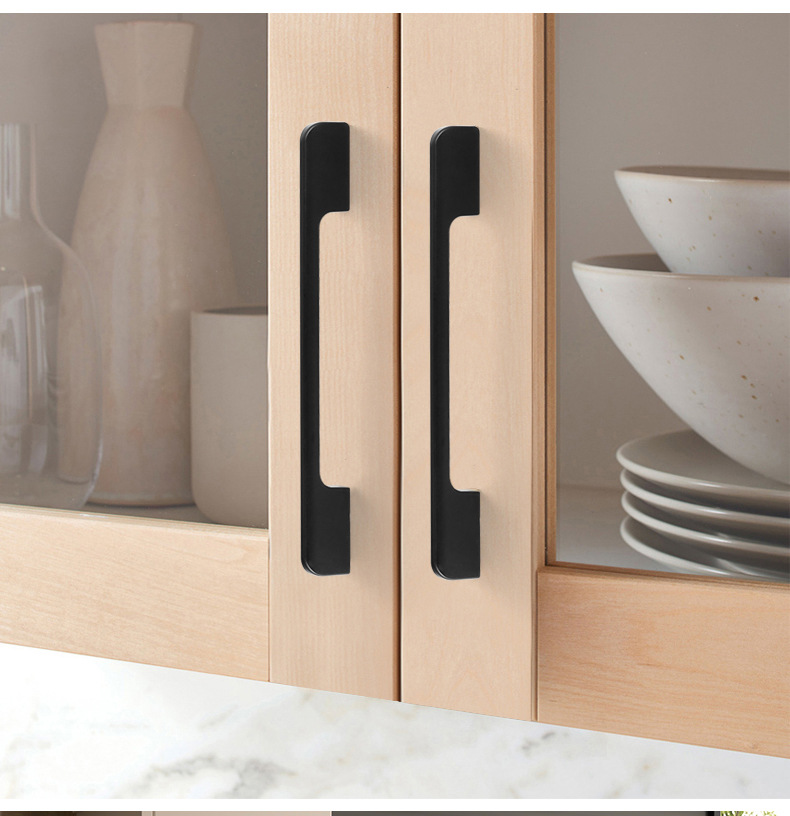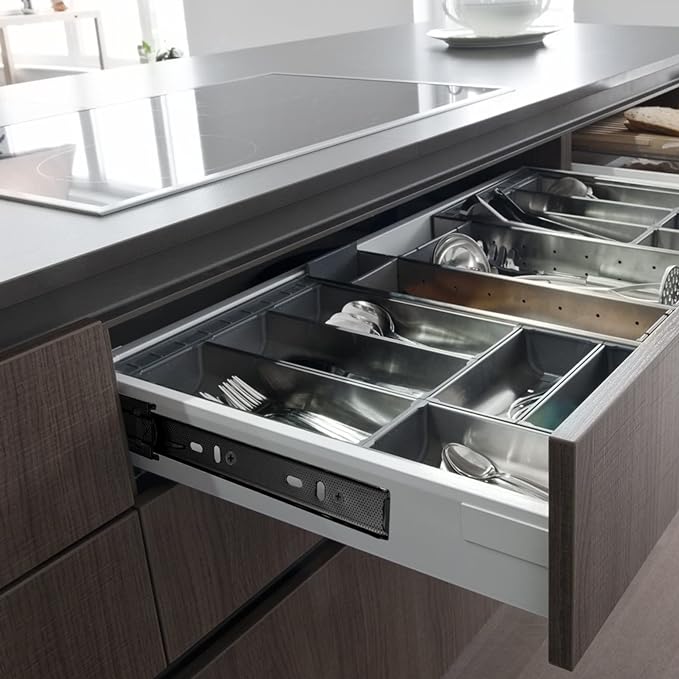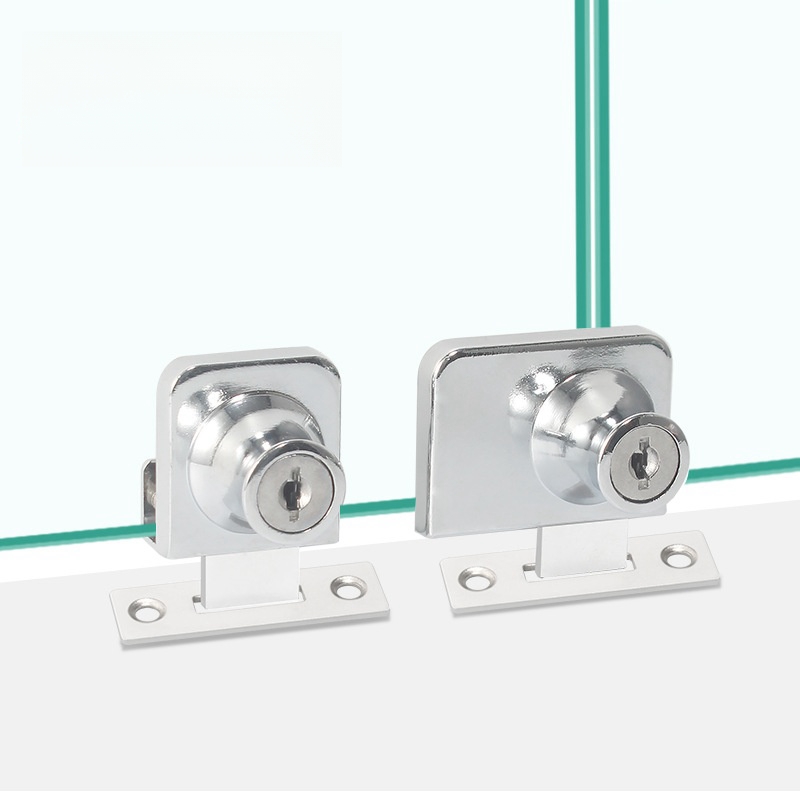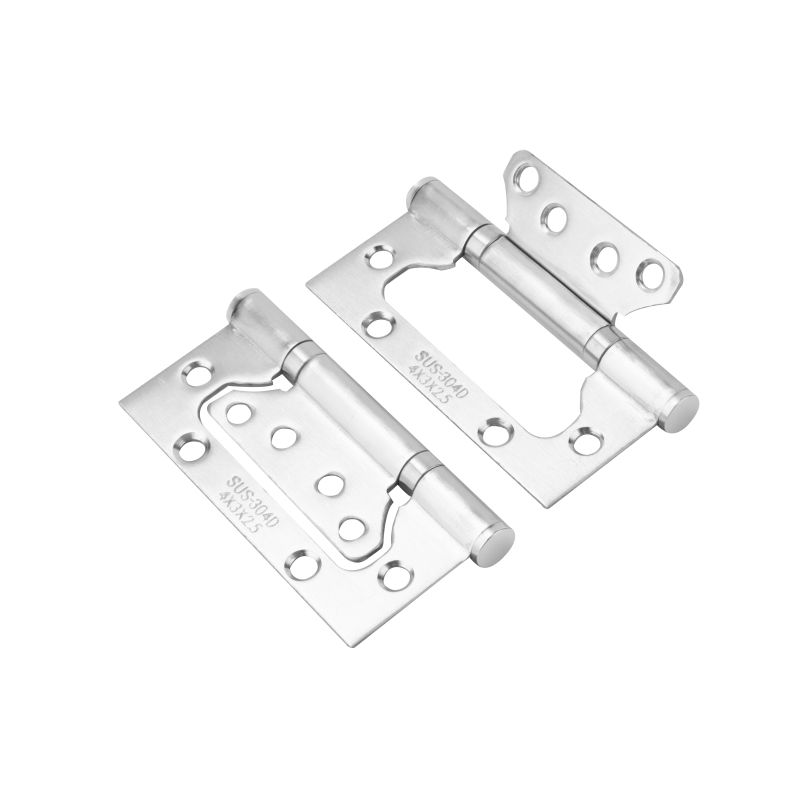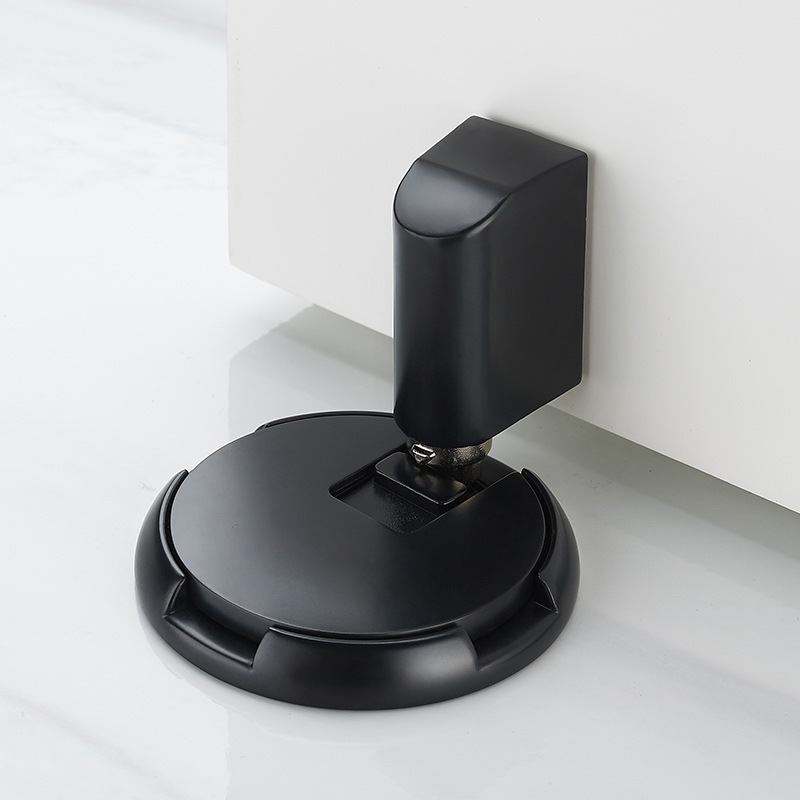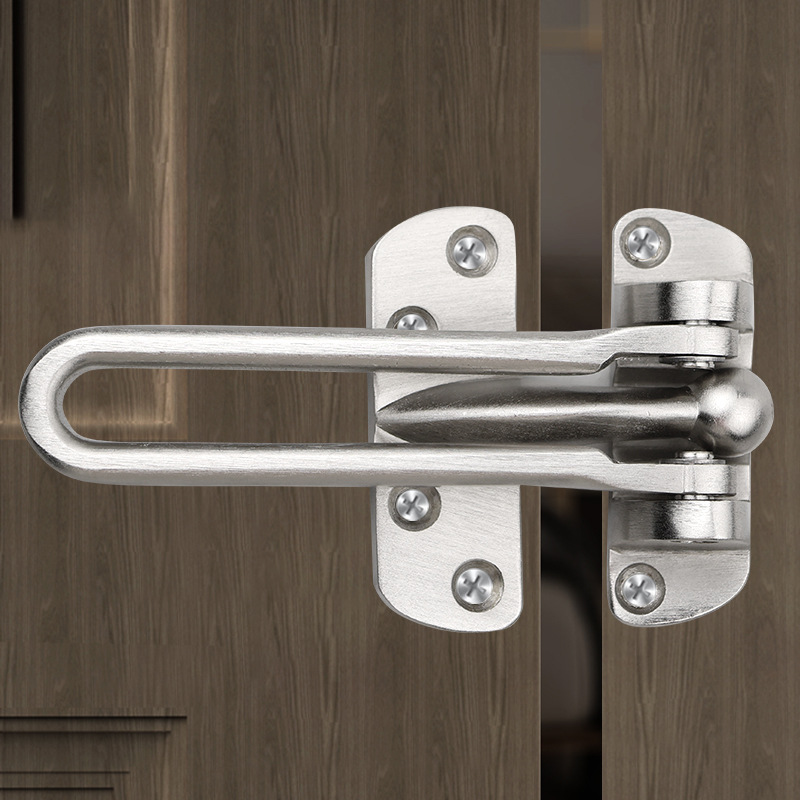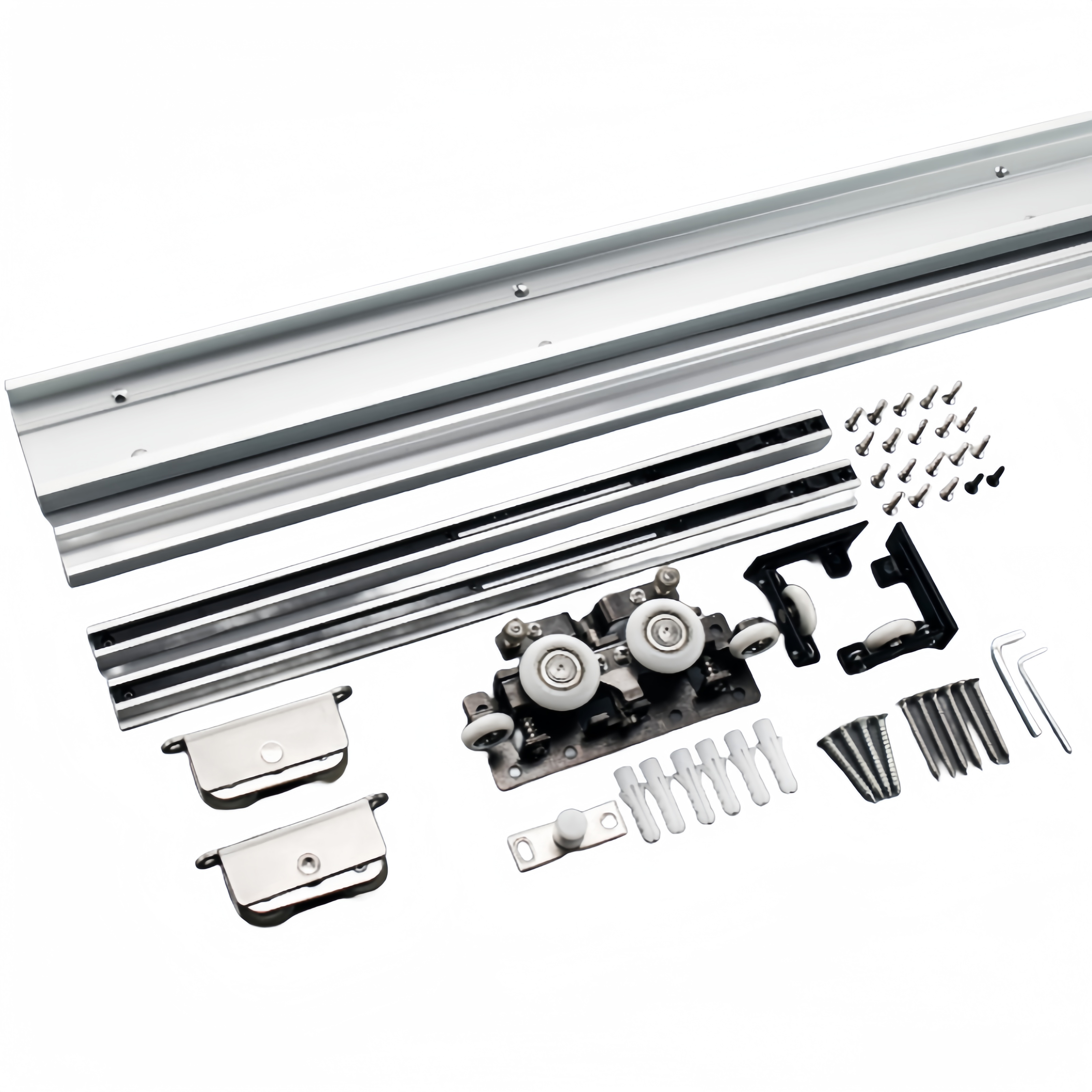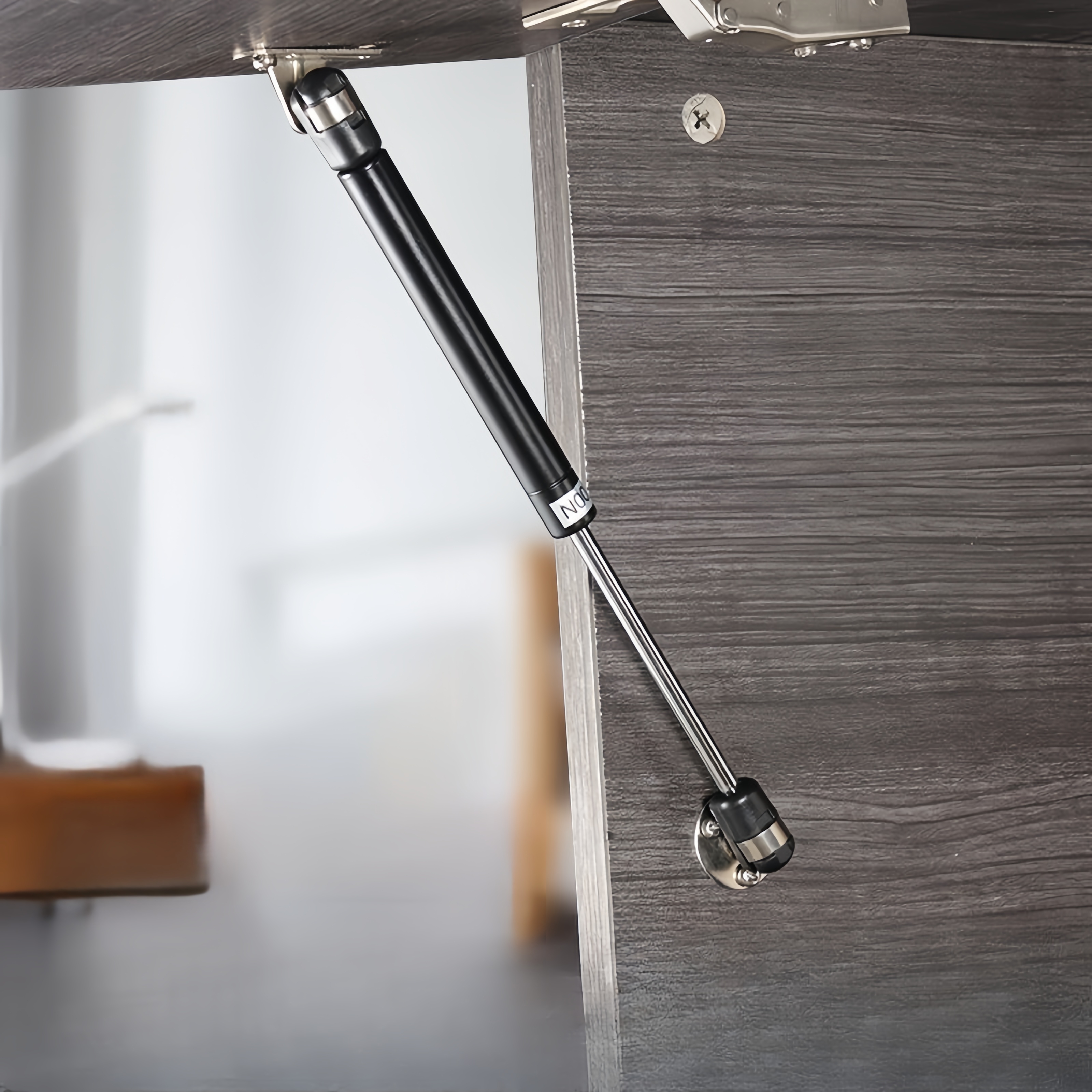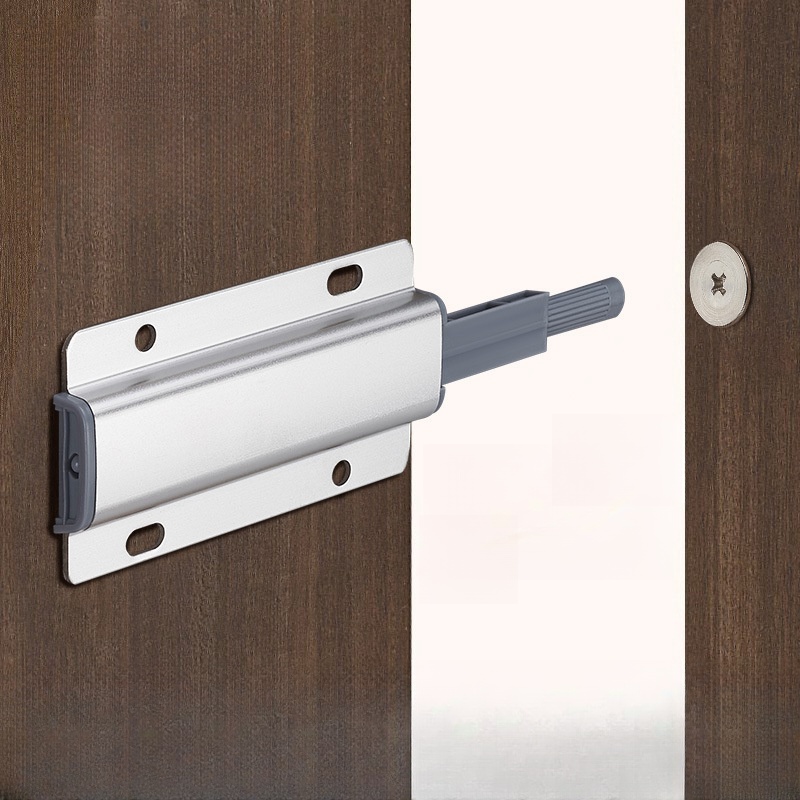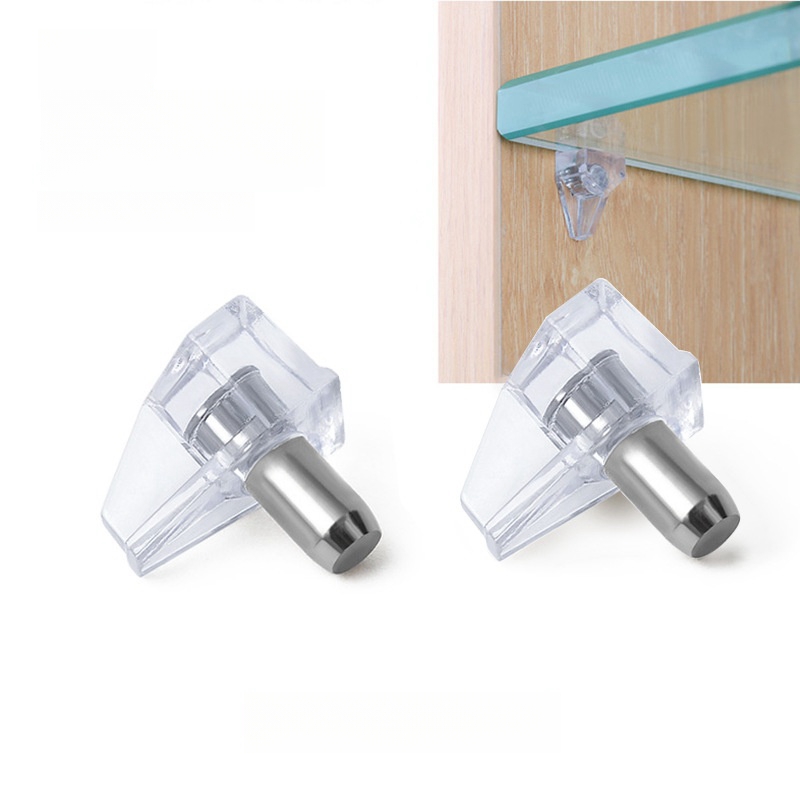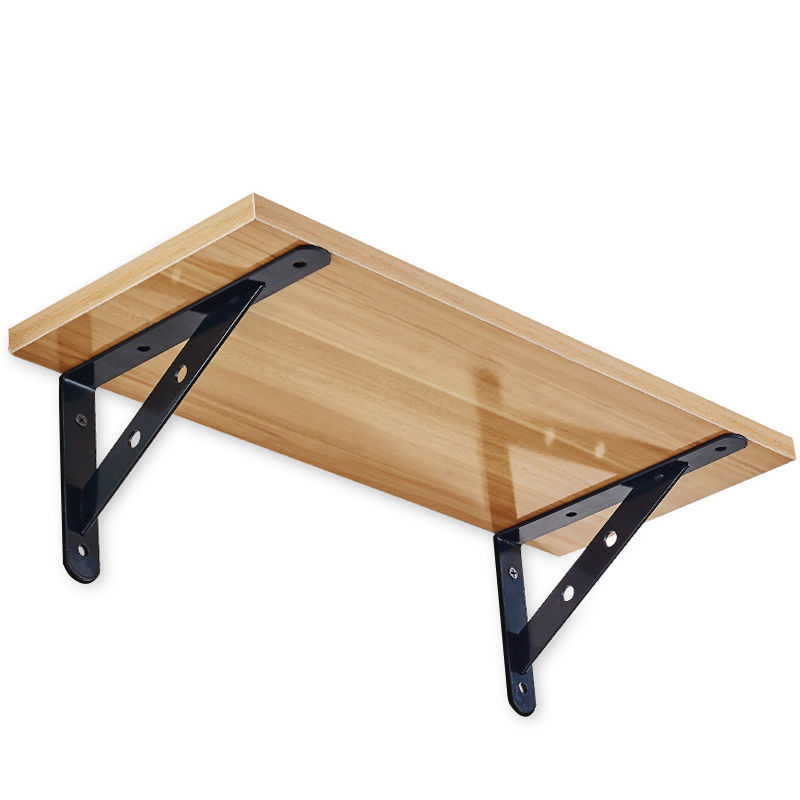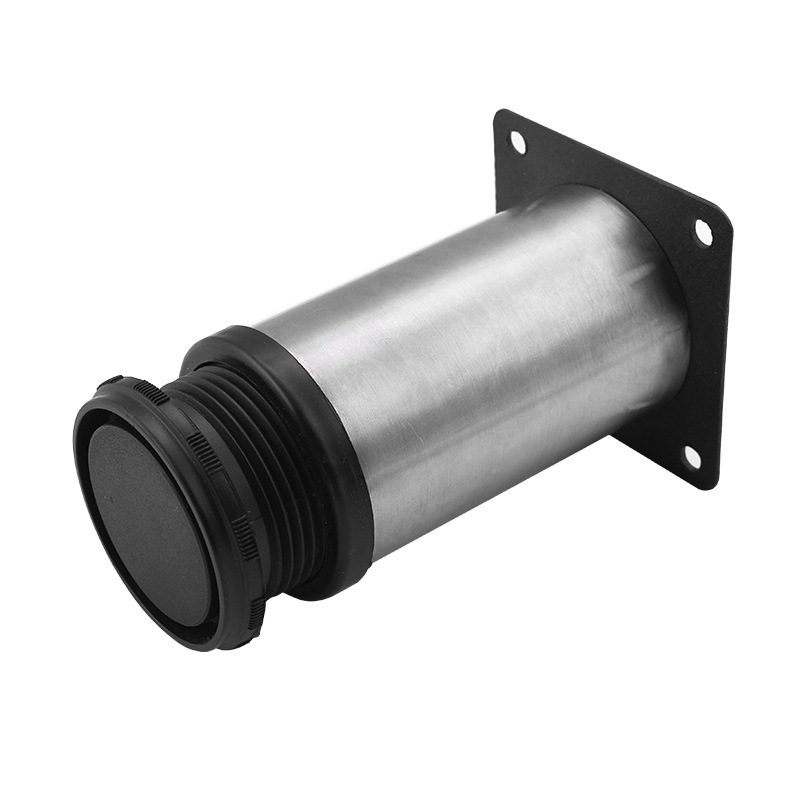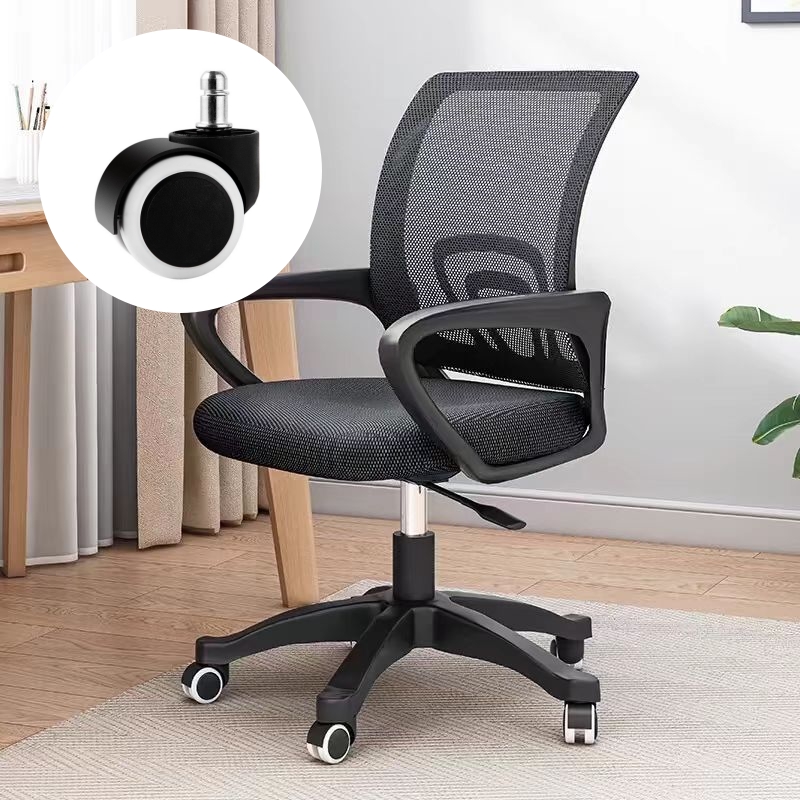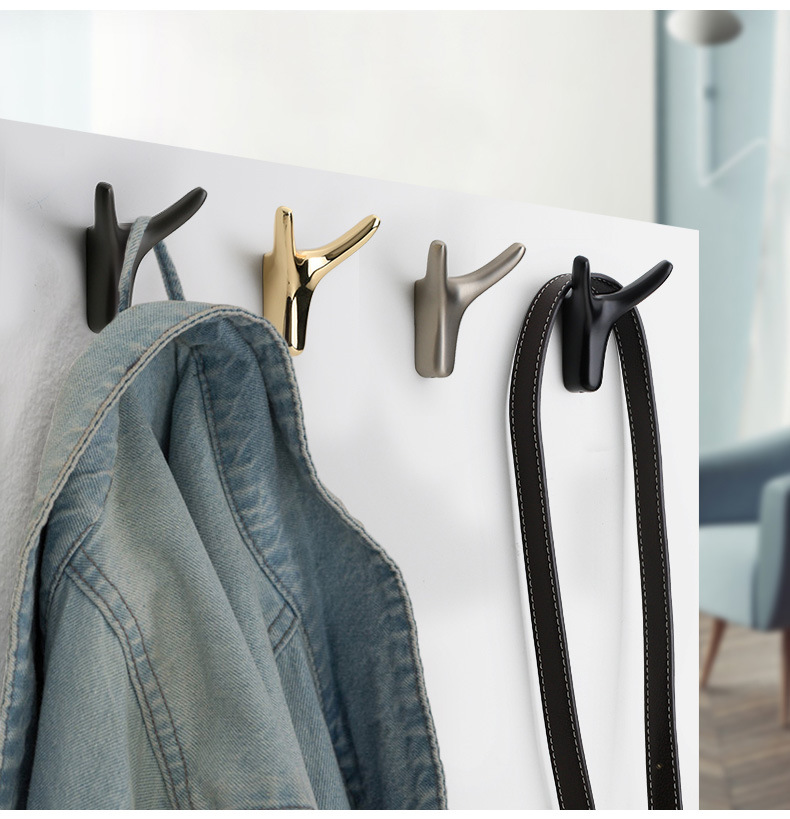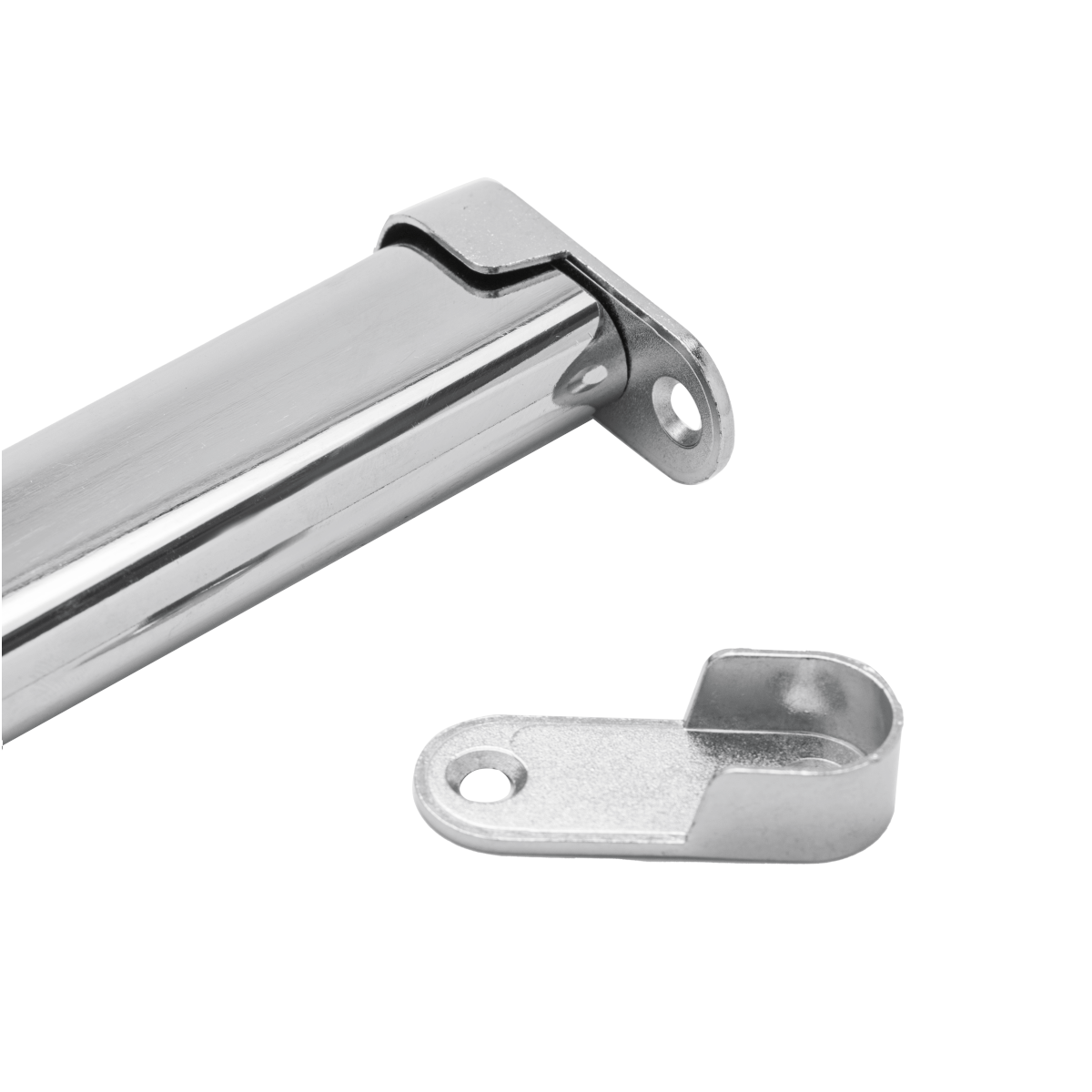
ABOUT
Guangzhou Toplink hardware Co., Ltd specialized in the production and export of furniture hardware fittings, with an experience of more than 14 years.
Our main products are drawer locks, cabinet hinges, sliding rails, cabinet handles, casters, cabinet legs and connecting fittings etc..
With a complete range of products, excellent performance and reasonable prices we have built up business with many customers all over the world.
We are committed to strict quality control and considerate customer service. We sincerely looking forward to becoming your best choice and the most reliable partner!
PRODUCTS
interior door hardware parts
Handles and Levers
The most visible and frequently used part of interior door hardware is, of course, the handle or lever. These components provide the primary means of opening and closing the door. Levers, increasingly popular for their ease of use and accessibility, offer a simple, ergonomic design that's particularly beneficial for individuals with limited mobility or arthritis. They are operated by a simple up or down motion, requiring minimal effort. Handles, on the other hand, often feature knobs or pulls that require a twisting or pulling action. While sometimes perceived as more traditional, they can also offer a sleek and stylish aesthetic, perfectly complementing various interior design styles.
The internal mechanisms of both levers and handles are surprisingly intricate. They involve a spindle, which is a rod that connects the handle or lever to the latch bolt. This spindle transmits the turning or pushing motion to the latch, allowing the door to be opened and closed. The quality of the spindle and the precision of its manufacturing greatly influence the overall lifespan and smooth operation of the hardware. Choosing handles and levers made from durable materials, such as solid brass or stainless steel, is crucial for long-lasting performance and resistance to wear and tear.
Beyond functionality, handles and levers are significant contributors to the overall design of a room. A wide variety of styles, finishes, and materials are available, allowing for seamless integration with existing décor. From minimalist modern designs to ornate antique reproductions, the possibilities are endless, offering homeowners a wealth of choices to personalize their space.
Latches and Bolts
The latch is the heart of any interior door mechanism. This component, typically found on the door edge, engages with the strike plate on the door frame, preventing the door from swinging open. Latches are usually spring-loaded, automatically retracting into the door when the handle or lever is operated. The quality of the latch mechanism is paramount, ensuring a secure and reliable closure. A poorly functioning latch can lead to a loose-fitting door, compromising privacy and security.
Deadbolt locks, often used in conjunction with latches, offer a higher level of security. They feature a separate bolt that extends further into the strike plate, making them more resistant to forced entry. Deadbolts typically require a key to operate, providing an extra layer of protection, especially for bedrooms or home offices. While not always necessary for interior doors, deadbolts are a valuable addition in situations requiring enhanced security.
The strike plate, often overlooked, is a crucial component that houses the latch and deadbolt. It is screwed into the door frame and provides a secure receiving point for the locking mechanisms. A properly installed and sturdy strike plate ensures that the latch and deadbolt engage smoothly and securely, preventing rattling or sagging doors. Choosing a strike plate made from durable metal, like steel or brass, is advisable for optimal longevity.
Hinges
Hinges are the unsung workhorses of interior door hardware, providing the pivot point for the door to swing open and closed. While often taken for granted, the proper selection and installation of hinges significantly influence the door's smooth operation and overall lifespan. Hinges come in various materials, styles, and sizes, with the most common being those made from brass or steel. The number of hinges required for a door depends on the door's size and weight, with heavier doors generally requiring more hinges for adequate support.
The type of hinge—full mortise, half mortise, or surface-mounted—also impacts the installation and aesthetic. Mortise hinges are recessed into both the door and the frame, offering a clean, elegant look. Surface-mounted hinges, on the other hand, are affixed to the door and frame's surface, providing a quicker and simpler installation process. Regardless of the type chosen, correctly aligned and securely fastened hinges are essential for smooth, quiet operation and prevent sagging or binding.
Regular lubrication of hinges is crucial for maintaining smooth operation and extending their lifespan. A simple application of lubricating oil can prevent squeaking and ensure that the door continues to swing freely for years to come. Ignoring hinge maintenance can lead to increased friction, potentially damaging the door and frame over time.
Other Essential Components
Beyond the major components, several other smaller parts contribute to the overall functionality and aesthetic of interior door hardware. These include decorative rosettes or plates that cover the holes where the spindle passes through the door, adding a touch of elegance to the design. Door stops prevent the door from hitting the wall, protecting both the door and the wall from damage. Thresholds, often used at the bottom of the door, improve sealing and help to prevent drafts.
The selection and quality of these seemingly minor components also play a crucial role in the overall performance and longevity of the door hardware. For instance, a poorly made door stop can easily break, while a cheap threshold might not adequately seal against drafts. Careful consideration of these smaller elements ensures a cohesive and well-functioning system.
In conclusion, the seemingly simple act of opening and closing an interior door relies on a complex interplay of carefully designed and manufactured components. Understanding the individual roles of each part—from handles and latches to hinges and strike plates—is vital for ensuring both the functionality and the aesthetic appeal of the entire system. By carefully selecting high-quality materials and paying attention to installation details, homeowners can enjoy the smooth, reliable operation of their interior doors for years to come.
SUBSCRIBE
INQUIRY
